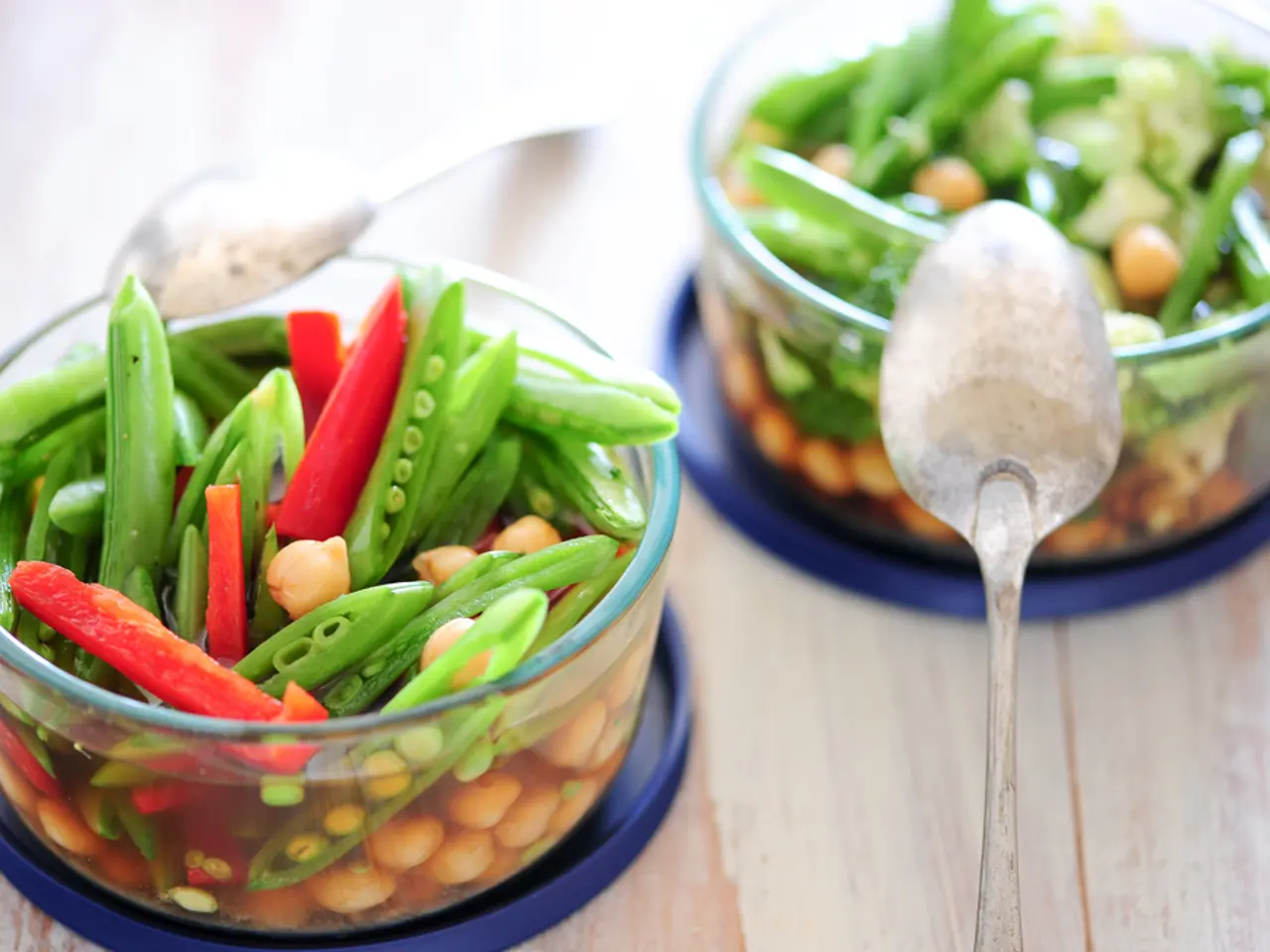Preparing Garden Seeds for Future Growth: Essential Information You Shouldn't Overlook
In the heart of autumn, as the garden winds down for the year, it's time to consider preserving those precious open-pollinated, heirloom, or self-pollinating seeds for future gardening seasons. Here's a step-by-step guide on how to store them for maximum viability and longevity.
Dry Seeds Thoroughly
Before storage, it's crucial to dry the seeds thoroughly. Seeds should be completely dry, often tested by their ability to snap or shatter rather than bend. This can be achieved by drying seeds in a cool, dark, well-ventilated area, spread out in thin layers on screens, paper, or trays.
Store Seeds in Airtight Containers
Once dry, store the seeds in sealed (airtight) containers to avoid moisture and maintain a stable dry environment. Glass jars with tight lids or resealable moisture-proof bags inside containers are ideal. However, avoid vacuum sealing or using oxygen absorbers as seeds require a small amount of oxygen to maintain viability.
Keep Seeds in a Cool, Dark, Dry Place
The refrigerator is considered one of the best locations for seed storage. The cool temperature slows seed metabolism and decay, helping preserve dormancy and viability. Avoid storing seeds in places exposed to heat, light, or humidity.
Label Seeds Clearly
To keep track of your seed collection, label seeds clearly with their variety, harvest date, and any other relevant information. This will help you identify them easily and maintain their genetic integrity.
Seed Longevity Varies by Species
It's important to note that seed longevity varies by species. For example, tomato, bean, and pea seeds can last several years under ideal conditions, while onion and carrot seeds have much shorter viability spans.
Other Useful Tips
- Larger seeds like bean seeds can be tested for dryness by hitting one with a hammer. If it shatters, the seed is ready. If it smashes, continue drying.
- When harvesting garden seeds, select the healthiest fruit from the most robust plant.
- To store seeds from a fall seed harvest, use a cool, dry area.
- If not having room in the refrigerator, seeds can be stored in packets in a tightly sealed glass jar stored in a dark, dry area.
- Adding a desiccant like silica or powdered milk can help keep seeds dry and viable for longer.
- If seeds don't grow after a week to 10 days, they may be expired.
- To test seed germination, "plant" seeds on a moistened paper towel and keep an eye on them, checking every few days.
This guide is based on the expertise of Amy Grant, a professional chef and gardener with 30 years of experience. For those seeking convenient seed storage solutions, consider options like a zippered seed storage kit, a plastic seed packet storage box, or a durable powder-coated metal box.
Rechargeable silica gel packets, useful for maintaining seed moisture levels, can be found on Amazon. By following these practices, you can ensure a bountiful harvest in future gardening seasons. Happy seed saving!
In the process of preparing for future home-and-garden seasons, it's crucial to store open-pollinated, heirloom, or self-pollinating seeds in an airtight container to maintain a stable dry environment, such as glass jars or resealable moisture-proof bags within containers. For optimum seed longevity, keep these containers in a cool, dark, dry place like a refrigerator, avoiding exposure to heat, light, or humidity.





